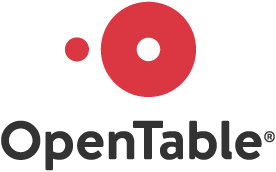Design in Context: Make It Here, Make It Anywhere
Interaction 17 will explore how the environment shapes interaction and how we, as designers, should respond.
The nature of interaction is changing in both product and practice. As digital interactions expand beyond the screen to encompass the objects, places, and services we use every day, we need to ask how we as designers affect the world around us, and how it affects us.
Our investigation will range from simple visual affordances, to newly physical interfaces; from the culture and process of the organizations where we design, to the social, political or economic forces that shape those organizations, and therefore our work. We will ask how we can work responsibly in these contexts, and perhaps more powerfully: how we can design spaces, perspectives, and processes that allow design itself to flourish?
- New interactions / new environments: As technology becomes embedded in more and more of our surroundings, so do the possibilities for interaction. This sub-theme explores the best practices and open questions of designing for emerging technologies, from conversational UIs to the Internet of Things, from emotional robots to virtual or augmented reality. How can we bridge the gap between new technologies and their users to enable new kinds of interactions? How might we coax technology to adapt to our lives, instead of the reverse?
- Emerging design process: Design process is shaped by the environments we work within, be they industry, organization, or culture. New kinds of interactions demand new kinds of prototyping and research. This sub-theme is all about the ways we work—user-centered, co-design, lean, BDUF, and more. How does democratized design process expand our practice beyond traditional designer roles? How can we avoid unwelcome bias in projects based in algorithms and “objective” data? Most importantly, how does a shifting environment shape our methods?
- The impact of design: As organizations bring design to bear on new kinds of interactions, the contexts we design for have increased in complexity. This sub-theme explores the intended and unintended consequences of design. As interfaces enter the most intimate spaces of our lives, how do we champion both business interests as well as the rights and values of society? How can we practice responsibly when working in the highly interrelated, social, many-to-many environments of the products we design?






































